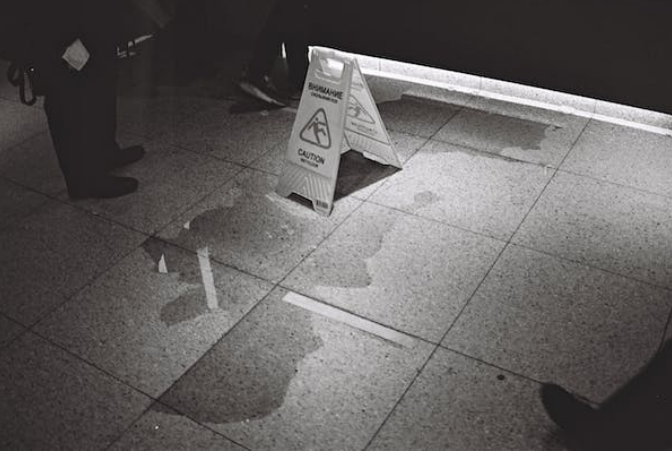Premises liability refers to a property owner’s legal responsibility to maintain a safe environment for individuals on their premises. When navigating premises liability cases, four essential elements need to be proven to hold the property owner liable for any injuries or damages that occurred on their property. These elements include duty of care, breach of duty, causation, and damages. In this discussion, we will delve into these elements in more detail, outlining their importance and how they contribute to proving premises liability.
Duty of Care
The first element that needs to be proven in a premises liability lawsuit is the existence of a duty of care owed by the property owner to the injured party. Property owners have a legal obligation to take reasonable steps to ensure individuals’ safety on their premises. This duty of care varies depending on the nature of the property, its intended use, and the relationship between the injured party and the property owner.
Breach of Duty

Once the duty of care is established, the next element to prove is the property owner’s breach of that duty. A breach of duty occurs when a property owner fails to meet the standard of care expected of them. This can include negligence in maintaining the property, failure to warn of potential hazards or inadequate security measures. It is crucial to provide evidence and show that the property owner did not fulfill their duty of care, thereby breaching their legal obligations.
Causation
Causation is an essential element in any premises liability lawsuit. It requires demonstrating that the breach of duty by the property owner directly caused the injuries or damages suffered by the plaintiff. This involves establishing a direct link between the hazardous condition on the property and the injuries sustained. It must be shown that the dangerous condition was the foreseeable cause of the incident and that the property owner’s breach of duty was a substantial factor in causing harm.
Damages
 The final element in proving premises liability is the actual damages suffered by the plaintiff. This can include physical injuries, medical expenses, lost wages, pain, and suffering, or property damage resulting from the incident. It is essential to provide evidence that demonstrates the extent of the damages incurred as a direct result of the property owner’s breach of duty.
The final element in proving premises liability is the actual damages suffered by the plaintiff. This can include physical injuries, medical expenses, lost wages, pain, and suffering, or property damage resulting from the incident. It is essential to provide evidence that demonstrates the extent of the damages incurred as a direct result of the property owner’s breach of duty.
In order to successfully prove premises liability in a lawsuit, it is crucial to establish the four essential elements: duty of care, breach of duty, causation, and damages. These elements form the foundation of any premises liability claim and require careful documentation, evidence gathering, and legal expertise.



